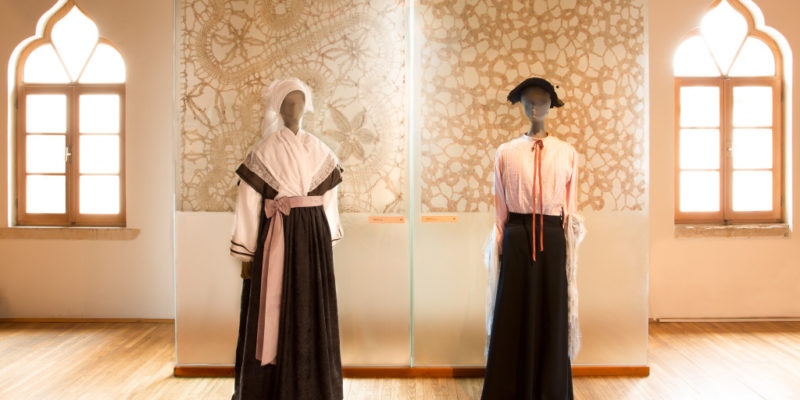Up until the 19th century this term dress could denote anything that is worn on the body, but roughly by the middle of the century it became equated with the concept of rural apparel. Today it is not used to describe the apparel of the working class, middle class or nobility. Modern ethnology uses the term apparel, which is suitable for all social strata and classes. Clothing can be categorized as everyday, work and festive clothing and clothing for special occasions. Garments vary by location, time, intended use, gender and age, but their common trait is that they all left a mark on the culture of clothing.
In the late 19th century, the rural and urban populations of Slovenian Istria still differed from each other in their apparel, so a distinction is made between the dress of country people, predominantly farmers who lived on the outskirts of towns, and the dress of the town population, which had a very varied class and professional structure.
The textile collection of the Koper Regional Museum consists of a collection of clothes, clothing accessories and textiles for other uses. These include lace and embroidery, which have been used throughout their history to decorate and enrich fabrics.
